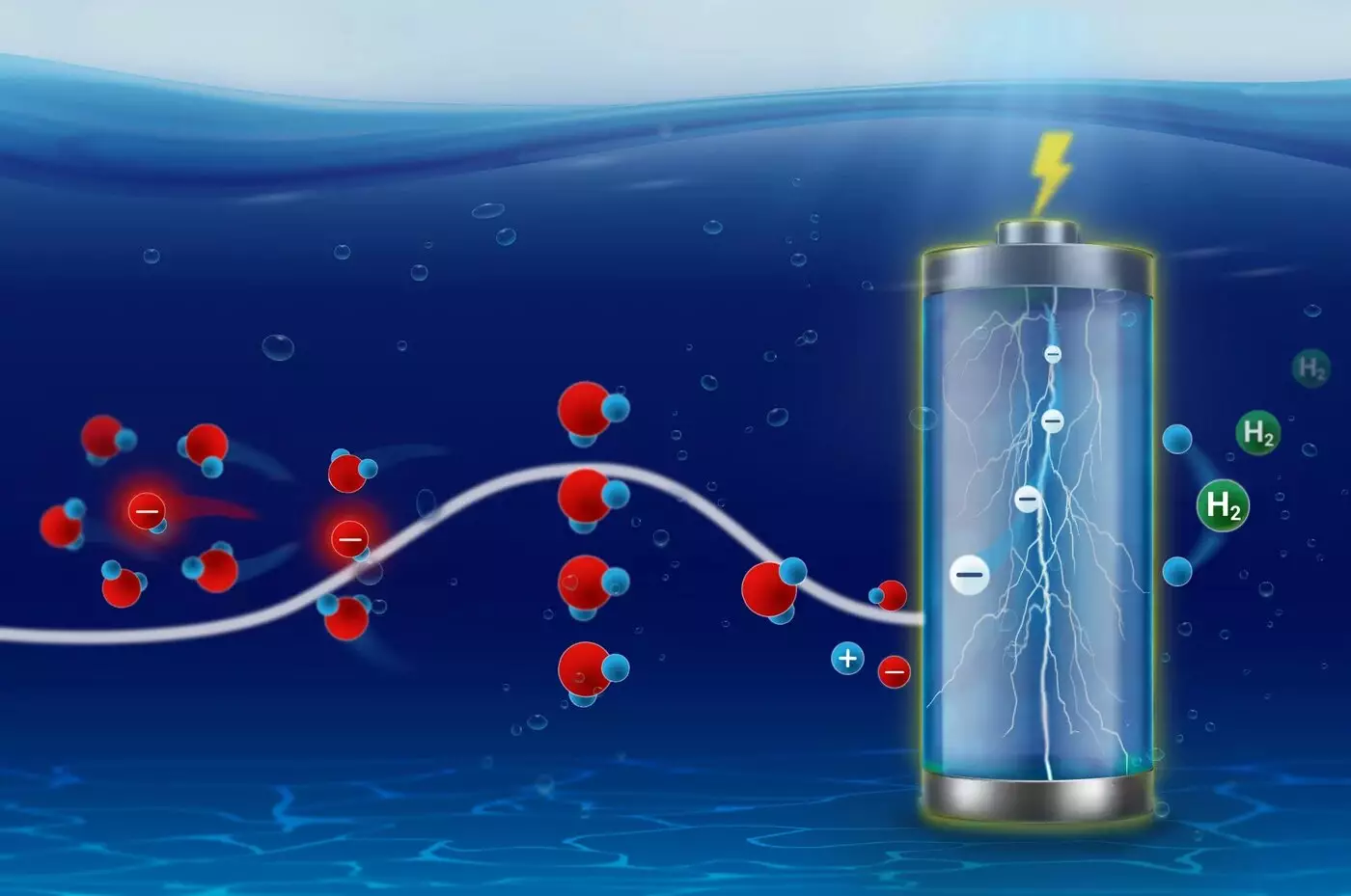In the intricate interplay between ions and their environments, understanding the solvation dynamics presents significant implications for fields ranging from battery technology to biochemical processes. Recent research spearheaded by the Interface Science Department at the Fritz-Haber Institute has offered groundbreaking insights into how ions reorganize their solvation shells before undertaking vital processes such as intercalation into battery materials, traversing biological membranes, or participating in chemical transformations on electrocatalyst surfaces.
At the core of this pioneering work lies a concept known as “compensation effects,” derived from the dual parameters of activation entropy and enthalpy. These principles not only illuminate the complex nature of ionic movement but also redefine our understanding of kinetic behaviors at interfaces. In simpler terms, as an ion faces higher energy barriers—analogous to a mountain in its path—its options for navigation increase, suggesting that the journey becomes more feasible. This phenomenon, akin to choosing among various hiking trails, emphasizes the dynamic nature of ion solvation.
To establish these findings, researchers utilized the Eyring-Evans-Polanyi equation, a cornerstone of transition state theory developed nearly nine decades ago, linking statistical physics to experimental kinetics. The Interface Science Department has since advanced measurement techniques to observe the critical parameters of activation enthalpy and entropy with an impressive millisecond resolution, allowing for real-time tracking of ionic behavior.
The potential applications of this research extend into electrocatalysis, which plays a pivotal role in energy conversion and storage technologies. Francisco Sarabia, a leading researcher in this area, noted the ability to directly observe the electrosorption kinetics of hydroxide ions at distinct structural motifs on catalyst surfaces, such as step-edges and defects. These insights unveil the intricate connections between surface structure and electrocatalytic performance.
Moreover, the investigation into the poisoning behavior of platinum (Pt) surfaces during ammonia oxidation sheds light on how these factors influence solvation kinetics. Such previously concealed dynamics can drastically alter our understanding of catalyst activity, emphasizing that the structure of the catalyst’s surface is not merely a passive setting but an active participant in the kinetics of chemical reactions.
Traditionally, the scientific community has focused predominantly on activation energy as the primary determinant of electrocatalytic reactions. However, the findings from this research underscore the critical role that activation entropy plays in these processes, particularly as they relate to variations in pH levels. Changes in local pH can stimulate significant alterations in activation entropy, leading to unexpected non-Nernstian behaviors in electrocatalytic activity.
This revelation urges a reevaluation of how we perceive catalysts and their interactions with the electrolytic environment. Dr. Sebastian Öner, a prominent figure in this study, highlighted the unique capability to integrate kinetic information with spectroscopic and microscopic data, facilitating a more comprehensive understanding of the underlying mechanisms at play.
The research not only advances our grasp of ion solvation but also emphasizes the synergistic relationship between catalyst structures and liquid electrolytes. As the interplay between these components becomes clearer, the path towards designing catalysts with enhanced activity, selectivity, and stability becomes more defined. The potential ramifications are enormous, particularly in the realms of energy storage and chemical synthesis, where improved catalysts could lead to more efficient processes and reduced environmental impact.
As the Interface Science Department, under the leadership of Prof. Dr. Beatriz Roldán Cuenya, continues to delve deeper into these revelations, the horizon for energy and chemical conversion technology appears promising. By unearthing the nuanced behaviors of ions and the dynamics of their solvation, we stand on the cusp of breakthroughs that could transform both scientific understanding and practical applications across various industries.


Leave a Reply